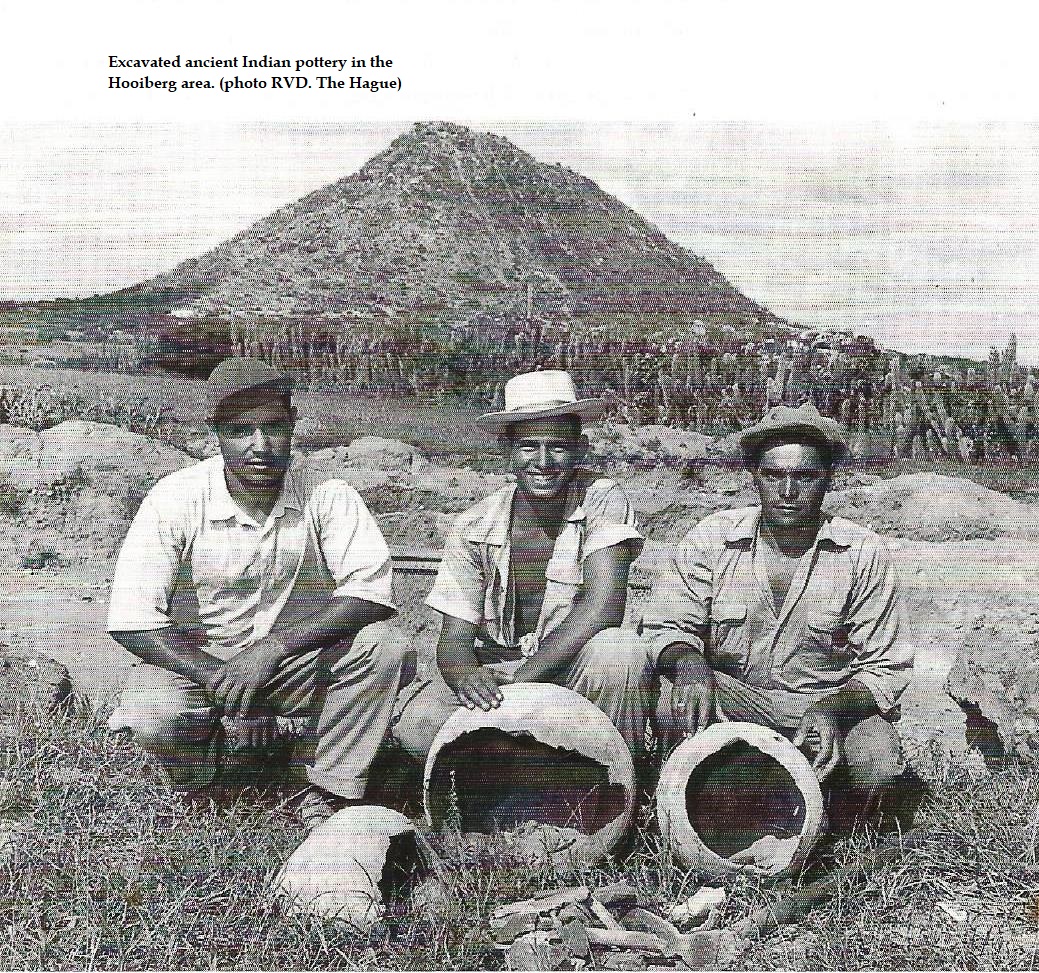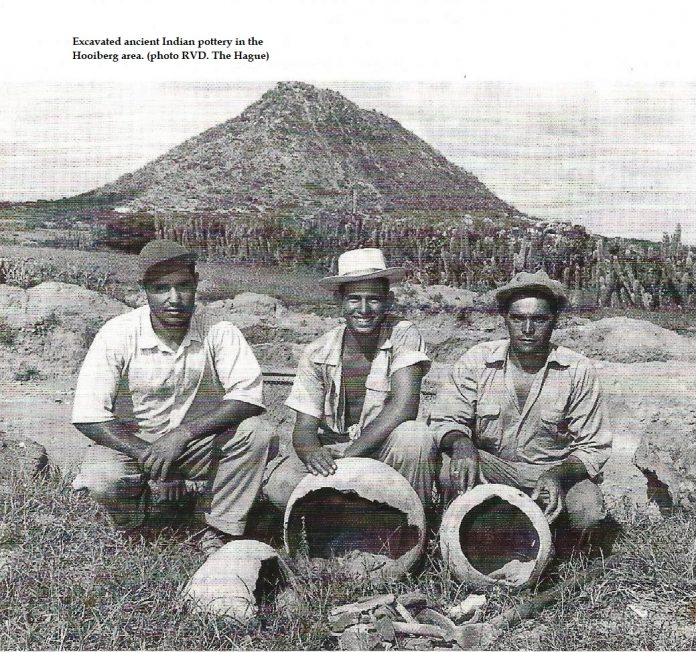Booking a magical glimpse inside Etnia Nativa
Article by Etnia Nativa call us 592 2702 and book your experience!
Each week, Island Insight shares an Aruban story with you through the eyes of Etnia Nativa, who welcomes island visitors with an experience way beyond tourist attractions. We link readers with the mystical aspects of the island, its native culture, and its traditional heritage. In this episode, we elaborate on how natives buried their dead before and during the early colonization period.
Throughout history, man has provoked and forged his form of existence within his natural environment. He learned about his ecosystem and how to adapt to it, which enriched his civilization. Caring for the dead was also a very important part of life, and that was no different in Aruba.

When we look at how each group or tribe cared for their deceased, we find that our Aruba ancestors also performed their special ceremonies of devotion, respect, and emotional support. Caring for her deceased relatives was an honor for those who performed such ceremonies. Much of their social and political organization can be traced and determined from archaeological finds. By studying the finds of their tombs, a differentiation in their status and hierarchy can be established for each individual based on the artifacts that were placed with the dead. The inhabitants of the larger villages practiced four to five different forms of burial. These differences undoubtedly represent social differences in these Caquetio or Dabajuroide communities. The background of the recorded differences has remained a mystery until now. Differences that, without a doubt, are evidence of the status of individuals, families, or groups within the community belonging to their complex political organization.
The dead were buried in large clay pots in the ground within the village premises. Some had special gifts that should serve the spirit in their journey to the world of the dead. Others did not contain any distinguishable artifacts with the naked eye. Not meaning they were buried without gifts, since some of what could be given could have perished in time without leaving any visual trace for us. Gifts that were found were part of a burial that was deposited in large ceramic urns, what we call direct burial urns. In fact, some of the dead are buried twice. The corpse is first buried in the ground, and after months or even years, the bones are excavated, cleaned, and ready for the second ceremony. These bones or skeletal remains subsequently obtain their permanent resting place in a fairly small vessel. If, after such a procedure, the bones are buried in large container urns, the archaeologist may or could misinterpret it as direct urn burial.
We have a fairly clear idea of the whole process of burial in secondary urns from existing descriptions of such “double” burials. They are practiced to this day by the Guajiros, an arawakan-speaking indigenous tribe residing on the peninsula of the same name on the border between Venezuela and Colombia. More comparisons can be made between the Guajiro and the pre-Columbian population of Aruba, such as their environment, food, and religion, which had everything to do with how the natives, particularly from this area, related to the world of their ancestors, the dead, and beyond. Each of our deceased relatives receives devoted care to initiate their spiritual journey through the underworld and into the land of their dead ancestors and friends. There is evidence that our native people, in addition to these types of burials within the village, also had burials performed in caves and outside of the village.
The benefits of preserving the native culture are enormous, critical to keeping the island’s history alive, and essential to keeping our ancestral identity alive. We encourage you to check out the weekly educational online episodes through Island-Insight, written by Etnia Nativa, the more complete cultural blog, which will definitely show you Aruba from a different perspective.
If you are interested in connecting and really know all about your travel destination—our flora, fauna, geology, history, autochthonous art, as well as the true identity of the island—you should book a visit to Etnia Nativa, a unique native gem! Let Anthony, our acclaimed cultural columnist, guide and lecture you regarding the most interesting and revealing stories about Aruba’s undiscovered native ethnicity, an adventure beyond beaches and tourist traps. Visit his magnificent dwelling that integrates reused materials with nature, bursting with culture and island heritage! Whats App +297 592 2702 etnianativa03@gmail.com




















